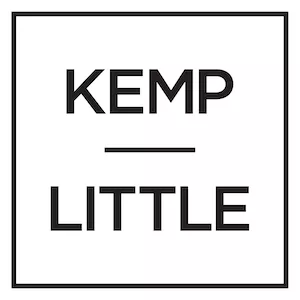Advertising used to be about informing consumers where the products they purchased came from and which person or corporation was responsible for their manufacture. However, over the past 50-60 years, advertisers have been striving to give brands an image or identity, which induces consumers to buy the brand as much as the underlying product to which it is affixed. Brands have therefore become valuable economic assets in their own right.
Whilst the words and logos that are protected by trade mark registration represent a very small part of the overall branding strategy of a corporation, trade mark law is still an obvious starting point for protecting a corporation's brand.
Trade mark law has traditionally focused on preventing second uses of a trade mark where a consumer is likely to be confused into thinking that the second user's goods originate from the trade mark owner. In other words, according to early trade mark law, trade marks only functioned as indicators of origin. However, the developments in branding outlined above, mean that consumers no longer care who manufactures their products as long as they are "official" products.
Part I of this paper looks at how trade mark law in the US and Europe has started to take into account this shift in the way that consumers interact with brands and to protect the brand image/equity that brand owners create in their marks. In particular we shall see how the US legal commentator Schechter called for a change in the law, as early as the 1920s. In fact, Schechter claimed that preserving the distinctiveness that a mark acquires through advertising was the "only rational basis for trade mark protection."1
Part II will go on to consider how the Court of Justice of the European Union (CJEU), in its eagerness to recognise the changed interaction between consumers and trade marks, has developed its own concept of marks have advertising/communication/investment functions in addition to their essential (origin) function. Whilst this is an exciting development for brand owners, it is unclear from the CJEU's dicta when these functions are infringed. It seems that the Court could benefit from delving a little deeper into exactly what these functions represent and the rationale for protecting them.
Part III considers how consumers interact with modern marks and shows that the advertising/communication/investment functions are at least partly attributable to the fact that consumers are vulnerable to corporate selling messages contained in advertising. In some cases, consumer loyalty to particular brands may be described as being irrational (at least in the psychological sense of the word). Therefore, the CJEU needs to ensure it does not protect the new non-origin functions absolutely, as this would be far from being the rational basis for protection that Schechter envisaged.
Having performed the above analysis, part IV will look at three of the most common models proposed for trade mark protection: misappropriation, property and harm-based theories. It will then consider which of these models is best suited to protecting the brand value/equity that modern marks have acquired and will examine how having a concrete legal basis for trade mark law could assist the CJEU in future cases.
Footnote
1. F. Schechter, 'The Rational Basis of Trademark Protection' (1926-277) 40 Harv. L. Rev. 813, 831
To view the entire series of articles on this topic, please see the links below:
The content of this article is intended to provide a general guide to the subject matter. Specialist advice should be sought about your specific circumstances.

